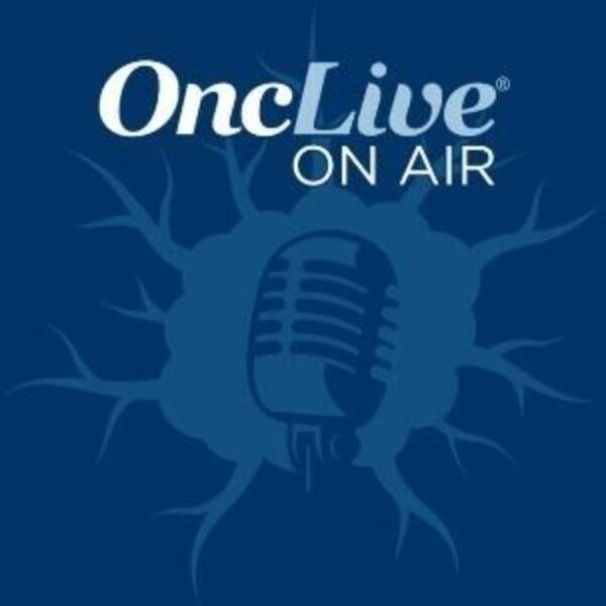Video
Practical Applications of CAR T-Cell Therapy in ALL
Transcript:
David Maloney, MD, PhD: Were there any real-world data on the ELIANA trials presented?
Michael Pulsipher, MD: No, not yet. Now, this is interesting because I’ve had discussions with a number of different individuals who were treating patients with tisagenlecleucel in the young adult and pediatric population. So far, in informal discussions, it seems to be similar. But we need data. Now, fortunately, these data are being reported to the CIBMTR [Center for International Blood and Marrow Transplant Research] and centers are trying to gather real-world data. That will be interesting. We need it to come forward.
David Maloney, MD, PhD: It is a pretty small group of patients that qualify for this, correct?
Michael Pulsipher, MD: It is, relative to the potential patients with ALL [acute lymphoblastic leukemia] who could qualify. Taking patients between ages 1 and 25 is just the tip of the iceberg. We need this therapy to go out to the broader ALL community.
David Maloney, MD, PhD: When do you usually get these patients referred to you? Is it after transplant or when they’re refractory before they can even get there?
Michael Pulsipher, MD: All of the above. The current indication is multiple relapses or refractory. And refractory, of course, is difficult to define because sometimes patients with refractory minimal residual disease [MRD] are now being referred to us for potential treatment. So we tend to get patients who are very sick and very late in their therapy. But there’s certainly a role for looking at earlier treatment of these patients as well.
Leo I. Gordon, MD, FACP: Is this a bridge to transplant?
Michael Pulsipher, MD: That’s a great question. There have been a number of studies looking at CD28-based factors and 4-1BB-based factors. And in general in the pediatric population the studies of 4-1BB-based factors, which have been mainly the Kite product and the NCI [National Cancer Institute] experience, patients have had a very short duration. Now as opposed to lymphoma, short duration in ALL means the patient will very likely relapse. It appears from what we see in the data that you need to have at least 6 to 9 months of at least B-cell aplasia, if not measured expression of CAR T cells. Once you get to that point relapses appear to taper off. And in fact, they’re rare after that. But with CD28-based vectors, the half-life can be 6 weeks or less. And so with 4-1BB-based vectors, which tisagenlecleucel is, many of them can last a long time. The longest ones are now out greater than 5 years. And my own patients, I have several who have continued expression of CAR T cell beyond 3 years. And the patients can remain in remission.
David Maloney, MD, PhD: So in the real world it’s actually hard to measure CAR T-cell persistence with commercial drugs, but there is another way of doing it, as you mentioned, and that’s to look at CD19 B-cell depletion. Do you use that routinely in your clinical practice?
Michael Pulsipher, MD: Absolutely. We follow patients monthly for B-cell aplasia. And if we see increases in absolute numbers of B cells, we watch them like a hawk. There’s a strange phenomenon where patients go up just a little bit where they’ll have 20 or 30 B cells and everyone gets all worried. But I find that with those patients, it’s likely an ongoing response with the CAR T cell being stimulated. Only when patients really have a definite rise—50, 60, 100, etcetera—do they really fall into that risk of relapse.
Leo I. Gordon, MD, FACP: Is the IgG [immunoglobulin G] a surrogate for that or do you need both?
Michael Pulsipher, MD: The IgG is a surrogate but it’s late. You can have someone with persistent poor IgG production and they’ve lost B-cell aplasia months prior to that. And B-cell aplasia is a good marker. Now this year at ASH [the American Society of Hematology meeting] there are some very impressive data that are being presented that have shown that next-generation sequencing MRD is also a good marker. So a very nice study that was performed on the ELIANA data showed that at day 28, if a patient was next-generation sequencing MRD-negative—in other words, with the ability to detect perhaps 1 in a million CAR T cells, you couldn’t find any—they had an 80% long-term event-free survival with 18-month and 2-year data. So it looks like we’re starting to get a few surrogate markers that may tell us who we need to watch closely and who we might need to do a transplant with and otherwise.
One key thing though is—this has been shown very nicely by Seattle Children’s Hospital data in both young adults and adults, and in a lot of other things that were presented this year—if you lose your CAR very early, a transplant is going to be beneficial as long as you catch them when they’re still in remission.
David Maloney, MD, PhD: I think we’ve learned some data about that in terms of when people relapse and what the mechanism of their relapse is. Patients who relapse after a long time of persistent CAR T-cell expression are more likely to develop a CD19-negative escape, whereas people who lose their CAR T cells really quickly are more likely to have a CD19-positive resistance or escape.
Transcript Edited for Clarity








